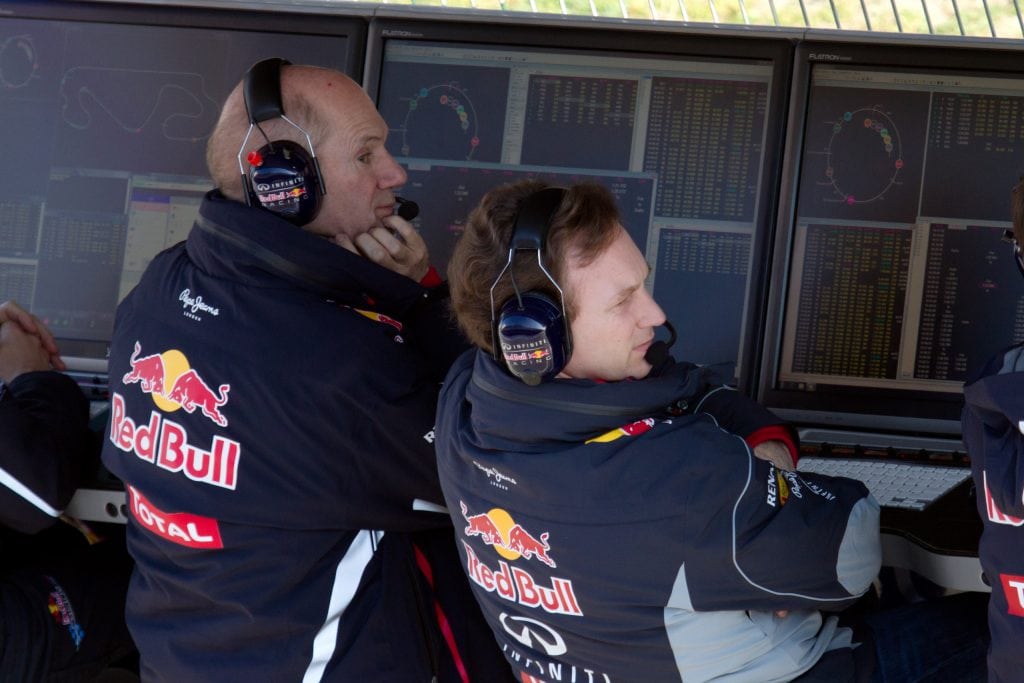Whether you’re a fan of the sport or not, no business person can be unimpressed by the way a Formula 1 team is run. With most teams’ budgets running into the hundreds of millions (the top three teams—Mercedes, Ferrari and Red Bull each spend between $300-million and $500-million annually), the immense and constant scrutiny from the car companies and sponsors backing the teams and the cutthroat, blink-or-you’re-last technical nature of this sport, it’s not an environment for sissies.
As well as the drivers and management, every single person in the team—from the designers, engineers and mechanics, to hospitality staff, media officers and truck drivers—have to be constantly performing at their peak and doing every job to perfection. Combine this with being on the road, away from family and familiar comforts for eight or nine months a year, and you see that anyone who works in the sport is of special breed. Each person in their department is the best in their field, and they are all incredibly hard-working and highly resistant to stress.
In the book ‘Formula X’ authors Jurriaan Kamer and Rini von Solingen discuss the organisational model that Formula 1 teams use and explain how to apply these same ideas to your organisation. Presented under the acronym FASTER, the model details six key areas:
- Focus & Clarity (Have a clear and inspiring goal that works as a compass)
- Accelerate Decisions (Make decisions safe to try. Progress over perfection)
- Simplify (Reduce organisational drag through simplification)
- Team Engagement (One team of teams with autonomy and ownership)
- Elementary Physics (Effectiveness over efficiency. Acceleration over speed)
- Rhythmic Learning (A cadence of recurring interaction moments)

Photo by Wikimedia Commons
In an exclusive interview with Evolve, Jurriaan Kamer talks about his reasons for writing the book and how you can apply its lessons to your business:
What made you decide to use Formula 1 as an example of how to better run a business? Why not a football team or a cycling team?
I have been a fan of F1 for a long time. And I got the chance to take a look behind the scenes in the factory of Red Bull Racing 2 years ago. I am not into cycling or football.
Aside from the book’s FASTER structure, can you name a couple of things you found F1 teams did significantly well in terms of how they manage time and people, and how they can be put into practical use by a business leader?
One—accelerate by standing still. During a race weekend, teams have no fewer than fifty debriefs. Then, on the Monday after the race, the entire team of around 900 people gather for a one-hour meeting with team principal Christian Horner. He provides context and clarity regarding the priorities for the coming period. This one hour investment potentially saves everyone hours of research. And at the same time, Horner ensures everyone has the same goal in mind.
Second—reflect, learn and anticipate. No matter how successful they’ve been, every F1 team spends a lot of time reflecting and learning. An important part of this learning is the data they collect. They have hundreds of sensors on the cars, constantly relaying all sorts of information. This is analysed in real time so that team can anticipate something before it even happens.
On the practical side it’s important to remember acceleration is only useful if it’s heading in the right direction. Make sure there is always a clear goal. Have access to information that allows you to identify delays in your organisation. Have regular conversations with your employees and find out what might be hindering from doing their work to the best of their ability. And don’t be afraid to change the rules. Simplify your processes and get managers to climb from their ivory towers and serve the staff. And trust the employees closest to the customer to make decisions.
From your findings, what are the main personality traits required of a person to succeed in the F1 environment and how do these traits relate to thriving in business?
F1 is a team sport, with huge teams of between 500 and 2,000 people. Being able to collaborate well on any team is the most important personality trait I’d say.
What has been the response to the book so far? Have you had any feedback from anyone involved in F1?
The foreword was provided by Robert Doornbos, a former F1 driver, who seemed to like the book. The book has sold roughly 2,000 copies and was ranked in the top 10 of best-selling management books for 78 days. The book has 32 online reviews, all of them are 5 out of 5 stars.
In researching and writing the book, what single thing impressed you most about F1?
I think the teams’ ability to crank out 1,000 changes to their cars, every week. All at a very high quality level and under extreme scrutiny of the regulating body, the FIA.
- For more great content and access to peer groups, one-to-one coaching and exclusive events, sign up to Evolve for FREE.
